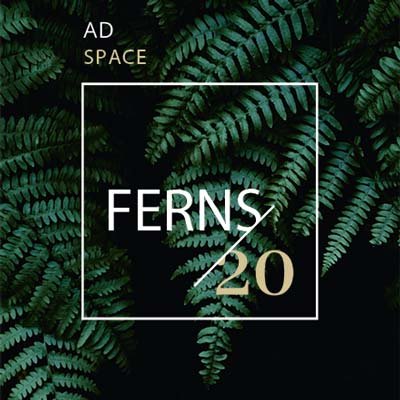[ad_1]
When thinking of conservation, people often picture elephants roaming the savannah, sea turtles on beaches, or lush rainforests. Although these species and ecosystems are undeniably important, people often overlook another vital, smaller world — the realm of microorganisms. In 2021, a paper by Dodd and Grueber highlighted the importance of conserving the microbial ecosystems that exist in, or on, animals in natural populations. This exciting paper inspired me to pursue a PhD in wildlife functional microbiomes.
In addition to providing a useful summary of emerging techniques in functional microbiome research, Dodd and Grueber offer a compelling description of the key functions of host microbial communities and their importance to species’ conservation. Human activity can disrupt microbial ecosystems, which affects species’ health and survival. For example, rhinoceroses are endangered primarily owing to poaching, but deforestation and pollution has led to dietary changes and exposure to pathogens, which alters their microbiomes and contributes to the declining population. Therefore, the authors emphasize that understanding the association between functional microbiomes and host health would help to identify host species that might suffer most from microbiome change. With this knowledge, informed conservation actions — such as introducing beneficial microorganisms — can be taken to help species to maintain a healthy wild microbiome.
[ad_2]
Source link






